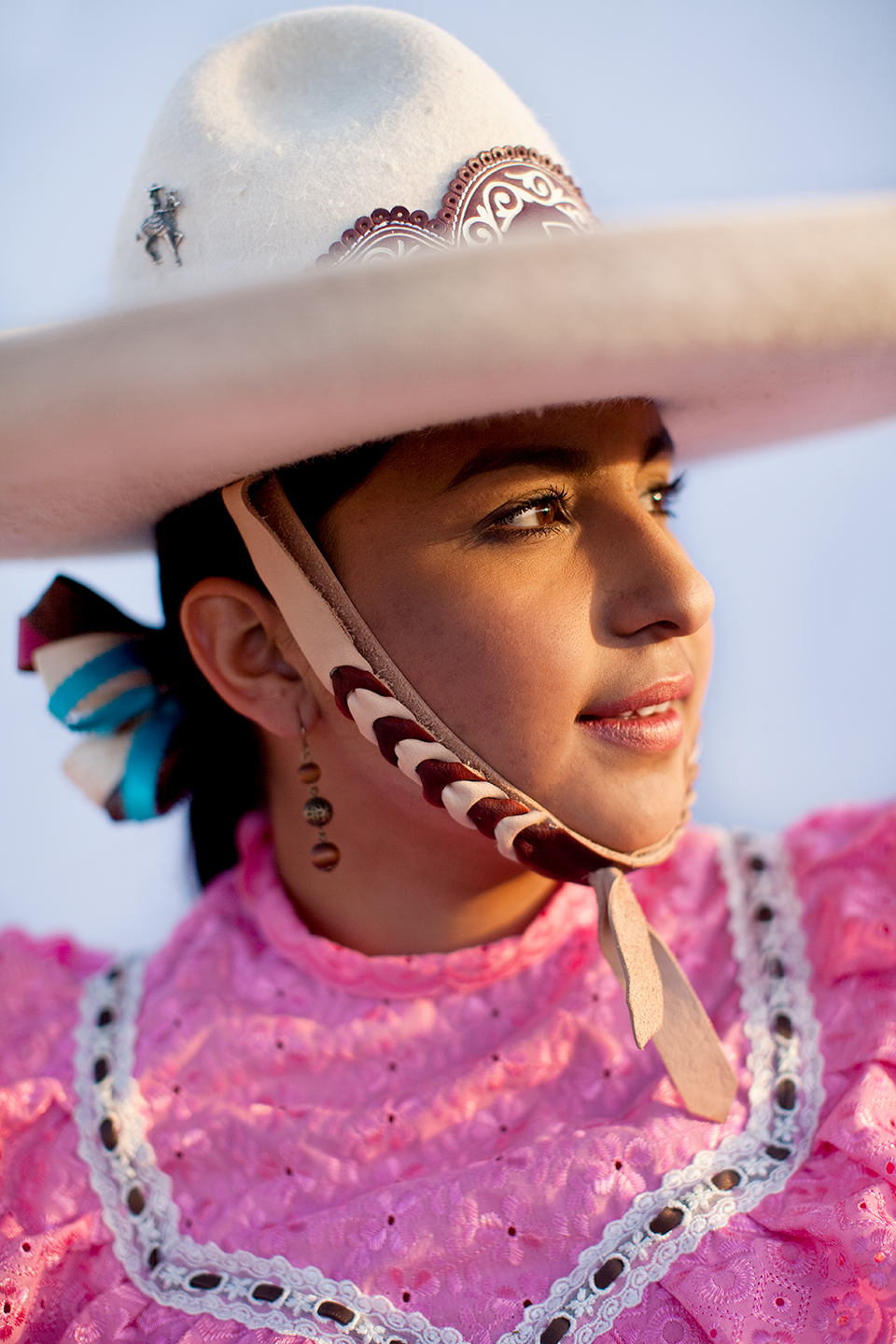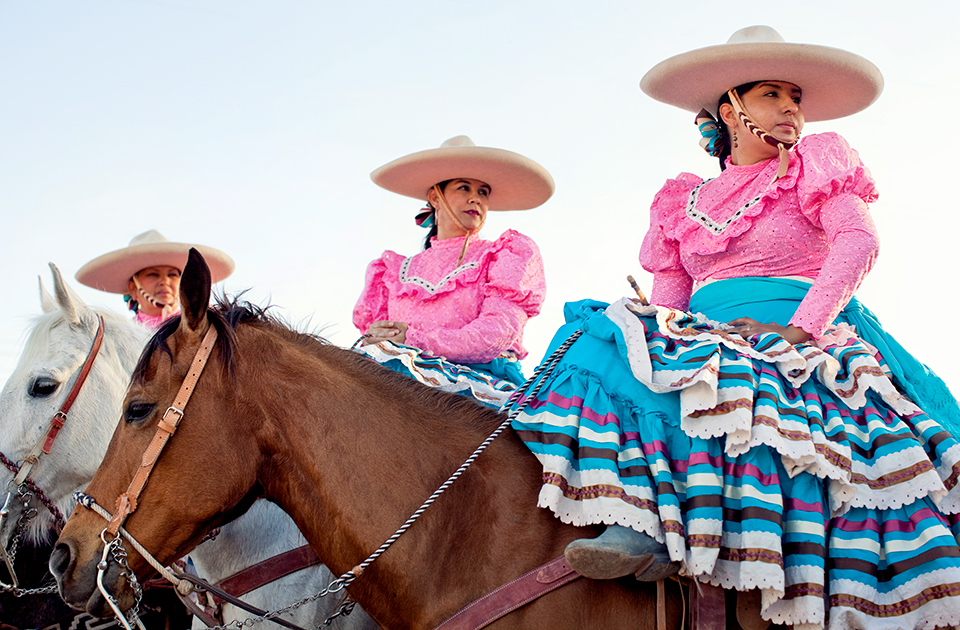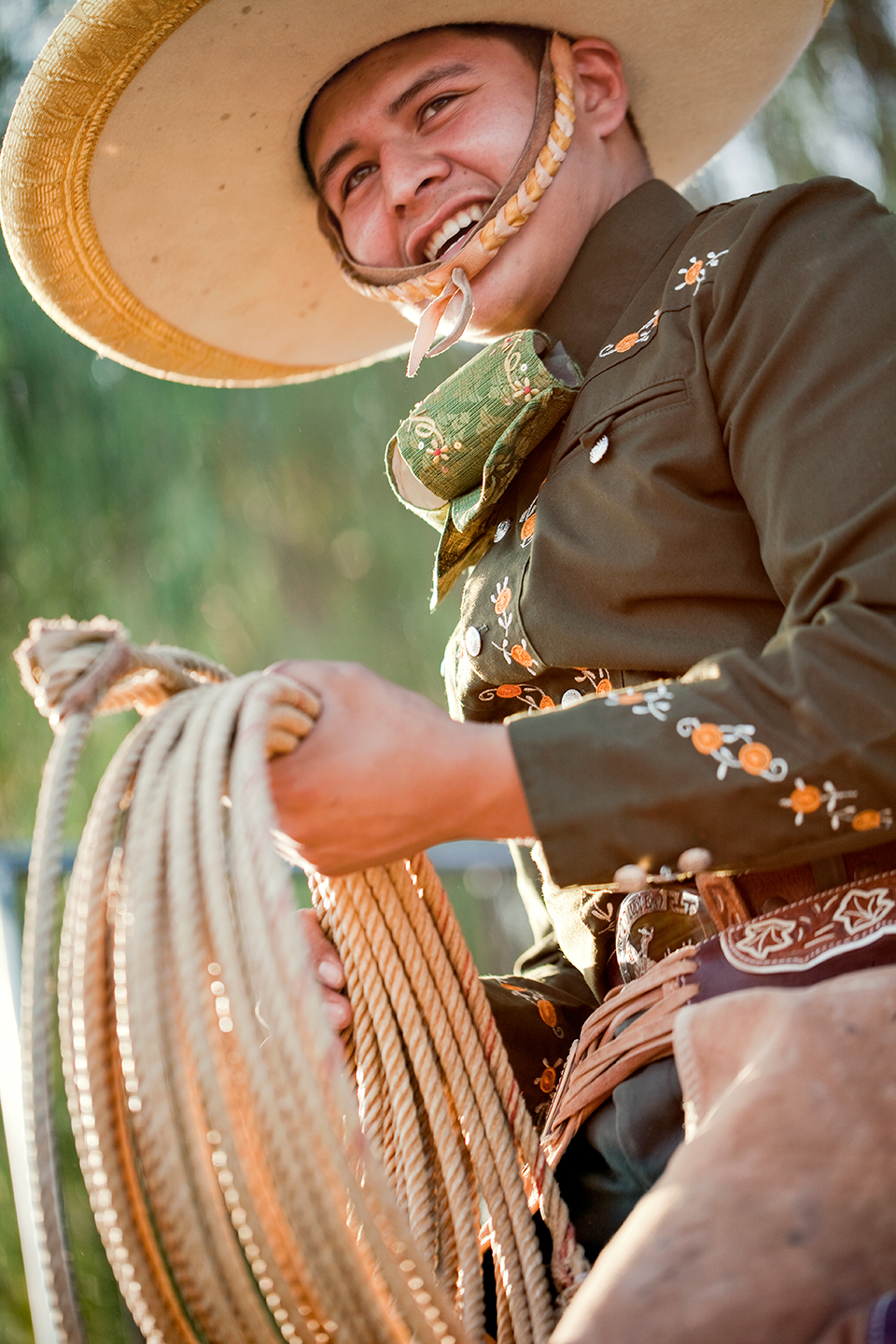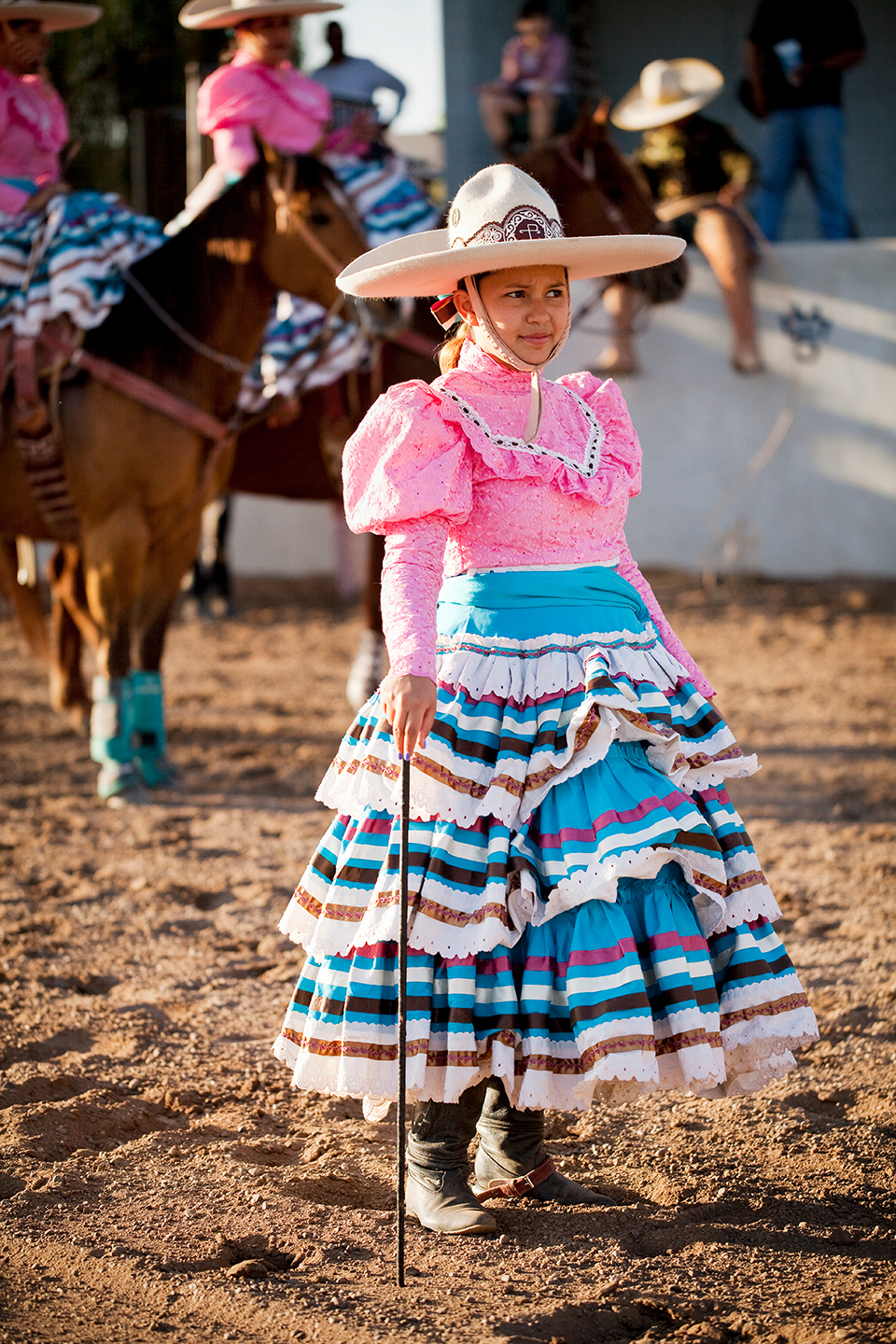Charreadas are often referred to as “Mexican rodeos,” but that description barely scratches the surface of these uniquely Mexican events. In fact, many components of the rodeo familiar throughout the American and Canadian West evolved from practices that began south of the border in the 16th century.
Back then, Spanish conquistadores in present-day Mexico were given orders to raise horses in the New World, but also to prohibit native Mexicans from riding them. The colonizers also raised cattle, and eventually, those operations grew large enough that Mexicans were needed as vaqueros, or herdsmen. From those beginnings came charrería, traditional Mexican herding and equestrian practices. Charreadas — which combine bull riding, horsemanship and livestock activities — are public demonstrations of some of those traditional practices.
After the Mexican Revolution of the 1910s, the sport’s practices were formalized, and today, charrería is Mexico’s national sport. It’s also been recognized by UNESCO, which in 2016 inscribed charrería on its Representative List of the Intangible Cultural Heritage of Humanity.

A typical charreada features nine events for male participants, or charros, including horse reining, bull riding, team roping and bareback riding. In the finale, known as el paso de la muerte (“the pass of death”), a charro jumps from a tame horse onto a wild one and tries to ride it, bareback, until it stops bucking. Many modern charreadas add a 10th event, a series of horseback drills, for female riders, or charras. Both men and women are attired in traditional dress, and traditional food and music are featured.
Unlike American rodeos, which feature individual competitors and a focus on speed, charreadas are team events that mostly reward precision and style. And unlike rodeos, there’s usually no prize money — the charros and charras compete for honor and glory.
One of a handful of places in Arizona to see these competitors in action is Rancho Ochoa, where Jill Richards made these photos. It’s at 6638 W. Broadway Road in Phoenix, and it’s been hosting public charreadas since 2013. To find out when
the next event will be, visit Rancho Ochoa’s Facebook page, www.facebook.com/elranchoochoa. — Noah Austin





